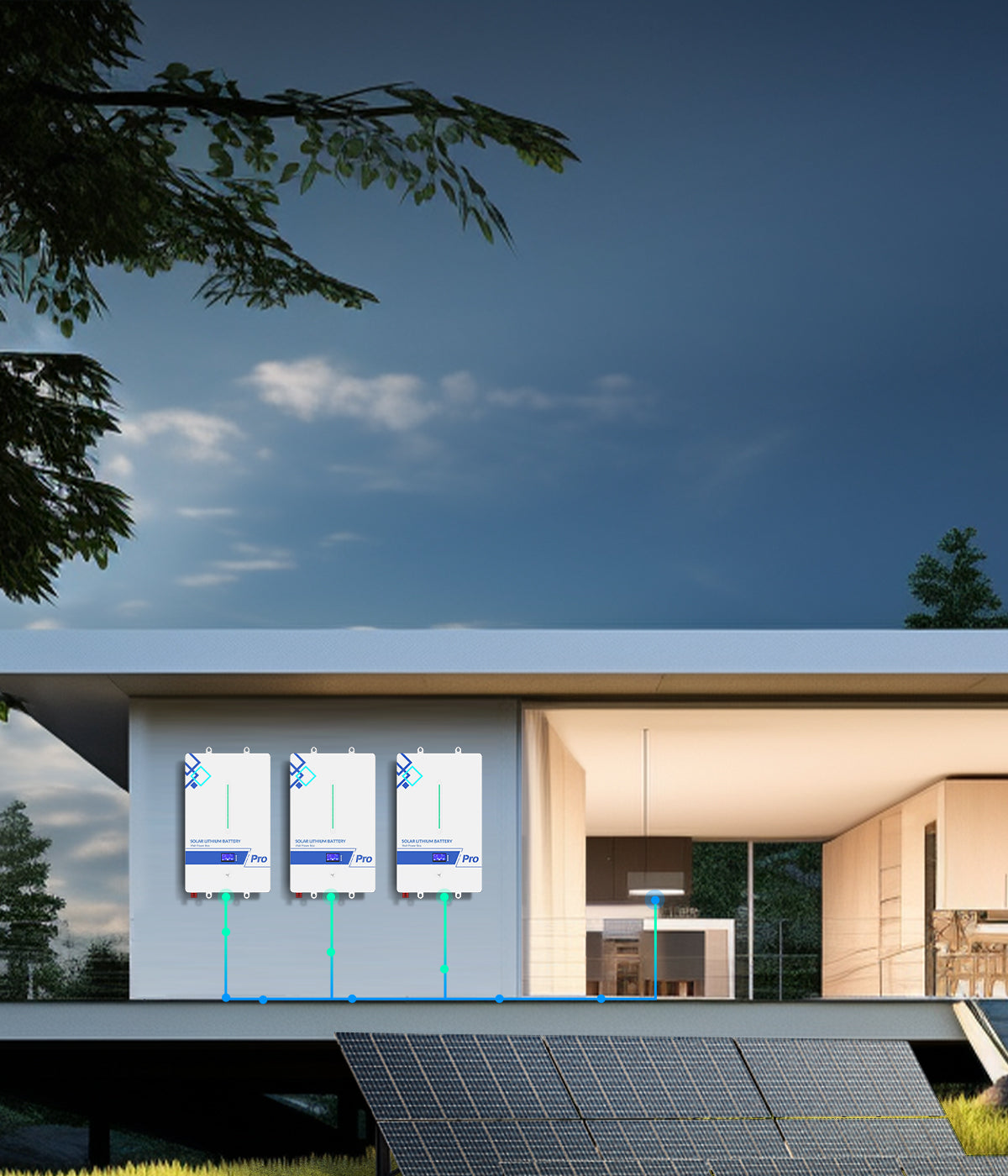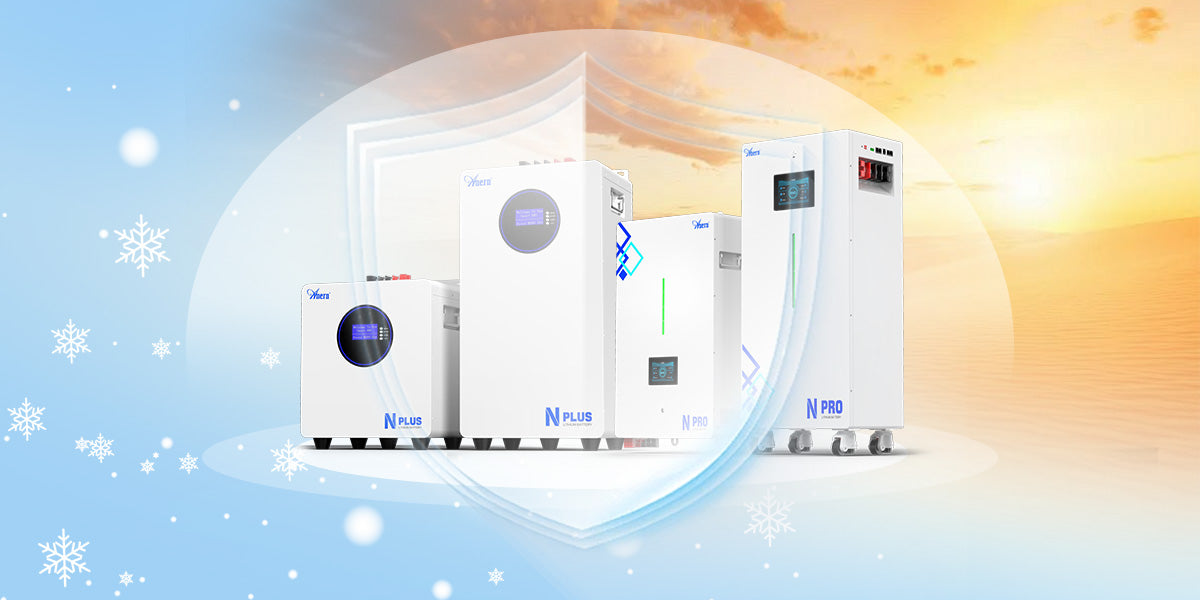Ensuring that solar and storage components perform reliably from the moment they are manufactured to their final installation is a complex process. It requires a structured testing framework that validates everything from initial design to on-site operation. The IECRE (IEC System for Certification to Standards Relating to Equipment for Use in Renewable Energy Applications) provides this framework, offering a clear pathway to verify the safety, performance, and reliability of renewable energy equipment. This system relies on three distinct stages of evaluation: Type, Routine, and Acceptance tests.
The Foundation: IECRE Type Testing
Type testing is the first and most comprehensive evaluation a product design undergoes. It happens in a controlled laboratory environment and serves to validate that the fundamental design and engineering of a component meet rigorous IEC standards. Think of it as the blueprint verification stage, confirming the product is sound before it ever enters mass production.
What is Type Testing?
During type testing, a representative sample of a product is subjected to a battery of demanding tests that push it to its operational limits. The goal is to certify the design itself. If the sample passes, it confirms that the product model is inherently capable of meeting the required performance and safety specifications under various simulated conditions. This process is fundamental for new technologies, as testing facilities and 'sandboxes' for regulatory experimentation are crucial for innovation. *The IEA's report on The State of Energy Innovation highlights the global expansion of testbeds designed to validate and certify new energy technologies before they are widely deployed.*
Key Parameters Assessed
For solar and storage components, type tests are extensive. They cover a wide range of potential failure points and performance characteristics.
- PV Modules: Tests include performance evaluations like generating IV curves, durability assessments through thermal cycling and humidity-freeze cycles, and critical safety checks such as insulation testing.
- Energy Storage Systems (ESS) & Inverters: These components are tested for electrical safety, operational efficiency, battery management system (BMS) performance, and their ability to interact with the grid according to established protocols.
The Role of Accredited Laboratories
To ensure global consistency and impartiality, IECRE type tests must be conducted in an approved testing laboratory. These facilities have the calibrated equipment and expertise to perform the tests according to strict IEC standards. This third-party verification provides confidence to manufacturers, developers, and investors that the product's design is fundamentally sound.
Ensuring Consistency: Routine Testing in Manufacturing
Once a product design has been validated through type testing, the focus shifts to ensuring that every unit produced maintains the same level of quality. This is the purpose of routine testing, which occurs on the factory floor during the manufacturing process.
Defining Routine Tests
Unlike type tests performed on a few samples, routine tests are conducted on 100% of products coming off the assembly line, or on a statistically significant batch. These tests are quicker and are designed to catch manufacturing defects, material inconsistencies, or assembly errors. They act as the primary quality control mechanism, confirming that the certified design is being replicated accurately at scale.
Common Routine Tests
Routine tests are specific to the component being manufactured.
- PV Modules: A visual inspection is standard, followed by an electroluminescence (EL) test to detect hidden microcracks in the solar cells. A final 'flash test' measures the actual power output of each panel to ensure it meets its nameplate rating.
- Batteries & ESS: Each unit typically undergoes an insulation resistance test, a functional check of the BMS, and a basic charge-discharge cycle to verify its core functionality before shipment.
The Final Hurdle: Acceptance Testing in the Field
The final stage of verification occurs after the equipment has been transported and installed at its final destination. Acceptance testing, or commissioning, confirms that the system as a whole is installed correctly and operates as intended within its specific environment.
What is Acceptance Testing?
These on-site tests are performed before the system is officially handed over to the owner. They are crucial because even perfectly designed and manufactured components can fail if installed improperly or damaged during transit. Acceptance tests provide the final sign-off that the project meets all performance and safety expectations in the real world.
Critical On-Site Verifications
Acceptance testing for a PV and storage project involves a comprehensive checklist.
- Installation Quality: A thorough visual inspection of wiring, connectors, and mounting hardware to ensure compliance with local codes and best practices.
- Performance Validation: Measuring the system's actual power output and comparing it against expected values based on current weather conditions (irradiance and temperature).
- Safety Functionality: Testing critical safety features, such as the inverter's anti-islanding protection and rapid shutdown functions.
- Thermal Analysis: Using an infrared camera to scan panels, inverters, and connections for any hot spots that could indicate a potential fault.
A Comparative Look: Type vs. Routine vs. Acceptance Tests
Understanding the distinct role of each test is key to appreciating the comprehensive nature of the IECRE framework.
| Aspect | Type Testing | Routine Testing | Acceptance Testing |
|---|---|---|---|
| Purpose | Validate the product design | Ensure manufacturing quality and consistency | Verify correct installation and on-site performance |
| When | Before mass production | During the manufacturing process | After installation, before handover |
| Where | Accredited laboratory | Factory / Production line | On-site / In the field |
| Scope | A few representative samples | Every unit or a statistical batch | The entire installed system |
| Example | Humidity-freeze cycle test | Electroluminescence (EL) imaging | Infrared thermal imaging scan |
The Broader Impact on Grid Integration
This rigorous, multi-stage testing process is not just about individual component quality; it is fundamental to the stability of the entire electrical grid. As more renewable sources are connected, grid operators need assurance that these systems will behave predictably and support grid health. *According to IRENA's report on Grid Codes for Renewable Powered Systems, international standardization frameworks like IECRE are vital for creating a streamlined, compliant equipment certification process.* This ensures that inverters and storage systems can provide necessary grid support functions. The performance metrics validated during these tests directly influence a system's long-term value. For a detailed breakdown of these critical metrics, the ultimate reference on solar storage performance provides a valuable analysis of factors like round-trip efficiency and depth of discharge.
Building a Reliable Energy Future
The journey from a controlled lab environment to a fully operational field installation is bridged by the systematic framework of Type, Routine, and Acceptance tests. This three-tiered approach, championed by IECRE, provides an essential verification process that underpins the reliability and safety of the global transition to renewable energy. By validating design, ensuring manufacturing quality, and confirming proper installation, these tests give project developers, financiers, and end-users the confidence that their solar and storage assets will perform safely and effectively for decades.
Frequently Asked Questions
Is IECRE certification mandatory?
While not always a legal requirement, IECRE certification is frequently demanded by project financiers, insurance companies, and grid operators as a prerequisite for connection. It serves as the internationally recognized benchmark for quality and safety assurance in renewable energy projects.
What is the difference between IECEE and IECRE?
IECEE is the parent IEC system for conformity assessment for all electrotechnical equipment and components. IECRE is a specialized system under the IECEE umbrella that is specifically dedicated to equipment used in renewable energy sectors, including solar PV, wind, and marine energy.
Can a product pass Type Testing but fail Acceptance Testing?
Absolutely. A product can have a certified design (pass Type Tests) and be manufactured perfectly (pass Routine Tests), but still fail Acceptance Testing. This can be due to damage during shipping, incorrect installation practices, or an unforeseen incompatibility with other on-site components, which underscores the importance of the final on-site verification.
How do these tests impact my solar investment?
These tests directly protect your investment. They provide verifiable assurance that the components you are purchasing are safe, built to last, and will perform according to their specifications. This minimizes financial risk, ensures predictable energy generation, and secures the long-term value of your solar and storage system.





Leave a comment
All comments are moderated before being published.
This site is protected by hCaptcha and the hCaptcha Privacy Policy and Terms of Service apply.